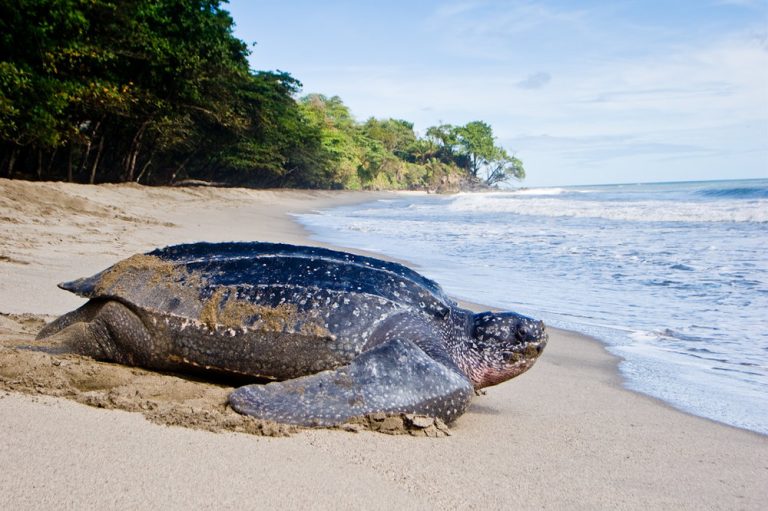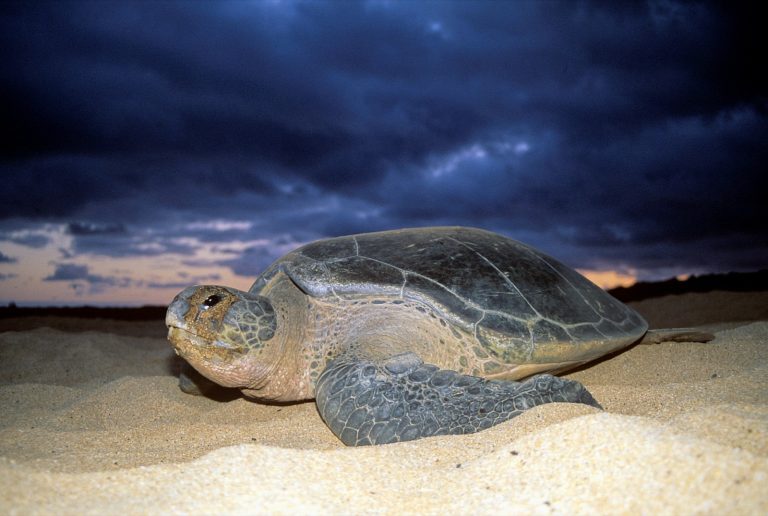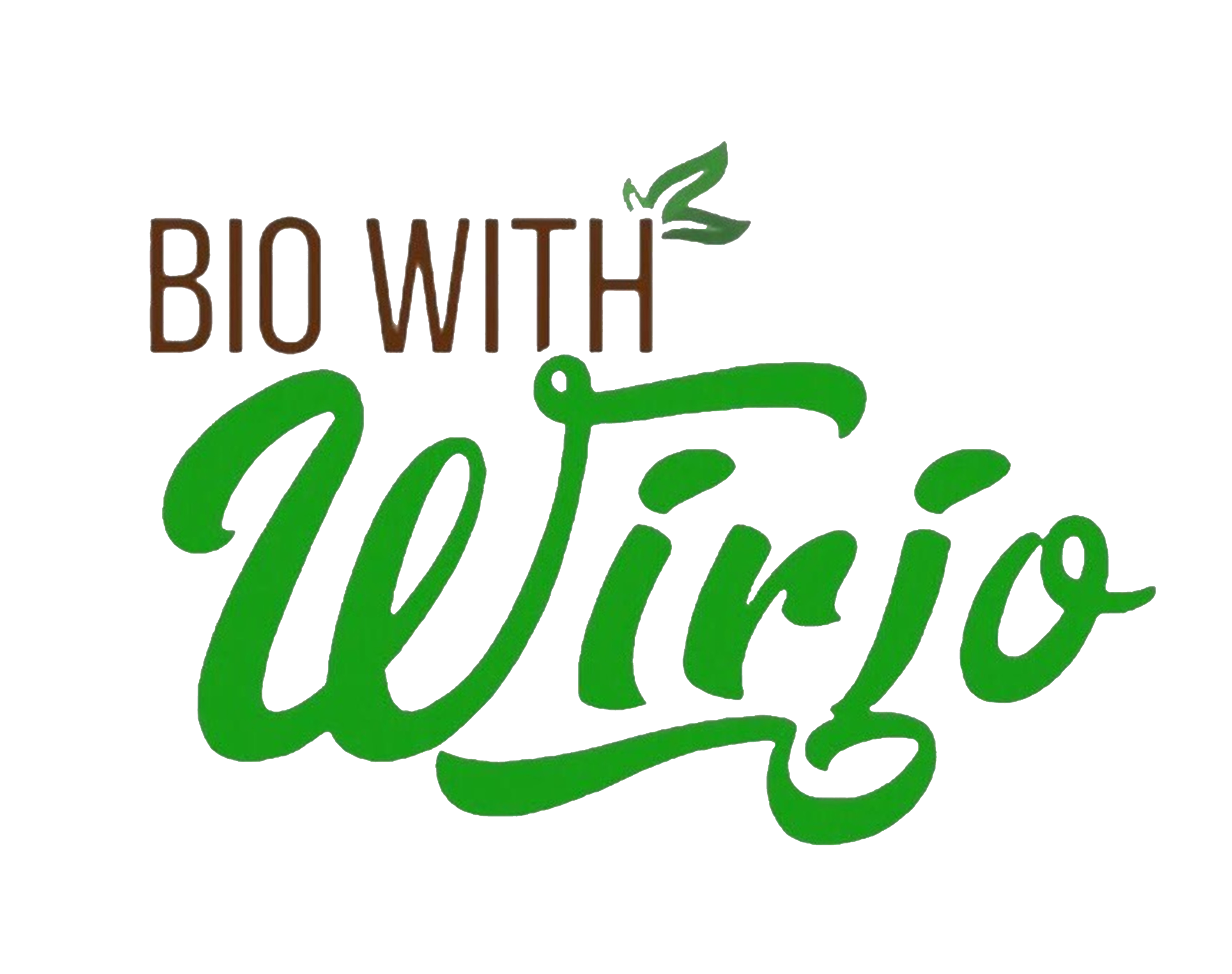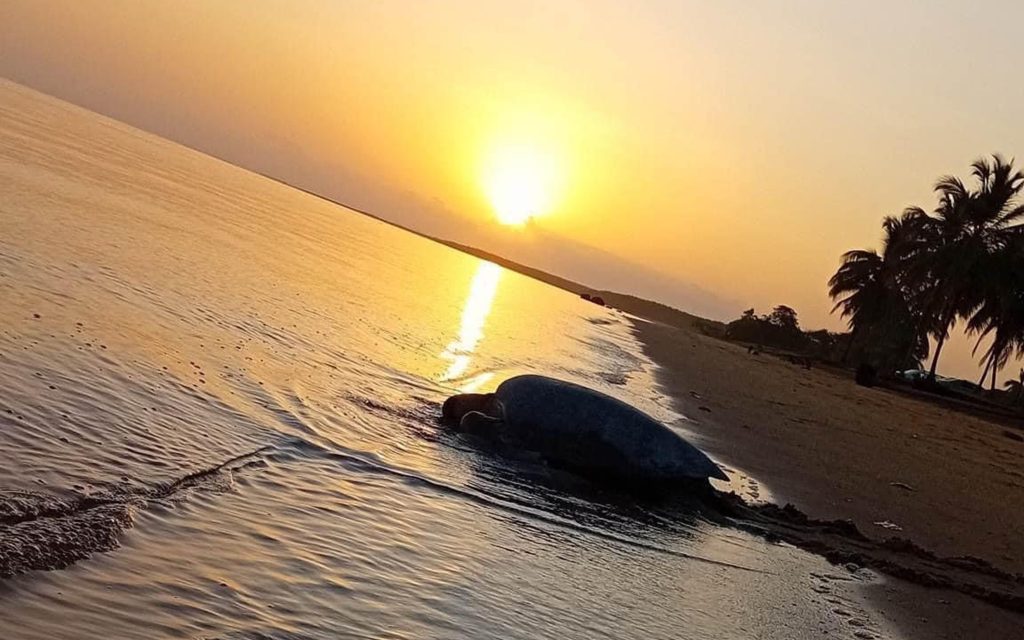All you need to know about sea turtles
Seven species of sea turtles can be found in every ocean around the world. From leatherbacks to loggerheads, six of the seven species are threatened or endangered at the hand of humans. Below you can learn about each of the species including their biology, ecology, threats, and distribution. In Suriname every year between the months february till july the Leatherback, Green Sea turtle and Olive Riley coming to lay their eggs at the Tijgerbank at the Galibi Nature reserve and at Braamspunt.

The largest of all sea turtles, and one of the largest reptiles on earth, the leatherback turtle ranges in size from 4-8 feet in length (1.2 – 2.4 meters) and weighs between 500-2,000 pounds (225 – 900 kg). The average adult measures in between 5-6 feet (1.5 – 1.8 m) and weighs 600-800 pounds (270 – 360 kg).
The oldest of all sea turtle species, it has been around for more than 150 million years! They survived the extinction of the dinosaurs and thrived until the last several decades when human interactions have taken a major toll.
Leatherback Turtle Facts
Leatherbacks can consume nearly their own body weight in prey per day (about 73% of their weight), feeding exclusively on soft-bodied invertebrates like jellyfish and tunicates. Learn more about their diet.
They have downward curving spines (also known as papillae) in their mouth and throat which help them to capture and swallow their prey.
Unlike all other sea turtles, these giants do not possess a carapace (shell) covered with hard scales, also known as scutes. Their smooth, leathery skin covers a flexible matrix of bone. This specialized, flexible carapace allows them to dive to great depths unlike other species.
Their widespread distribution and ability to tolerate cold water are due to thermoregulatory adaptations (called gigantothermy) which allow them to maintain their core body temperature.
They are considered Vulnerable around the world by the IUCN Red List and listed as Endangered in Suriname. Their scientific name is Dermochelys coriacea.
Distribution
Leatherbacks have the widest distribution of all sea turtle species. They are found throughout the Pacific, Atlantic, and Indian Oceans. In the Atlantic Ocean, their range extends as far north Greenland to the south in Brasil.
In the Atlantic, they can be found as far north as Norway and the Arctic Circle and south to the tip of Africa. They are mainly pelagic (open ocean) wanderers but migrate to tropical and subtropical coastal regions to mate and nest.
Major Threats
The Pacific population has declined by over 90% in the last two decades due primarily to entanglement in commercial fishing gear, particularly longlines and gillnets. Their eggs are also consumed in many parts of the world.
These ancient creatures are also vulnerable to ingestion of floating marine debris like discarded plastics. Plastic bags and balloons resemble their favorite prey, jellyfish, and when ingested may block their digestive tract, preventing them from eating.
Did You Know?
The largest one on record washed up dead on the coast of Wales (UK) in 1988. It weighed over 2,000 lbs and measured 9 feet in length! It was estimated to be approximately 100 years old. The turtle had been drowned from entanglement in fishing gear.
They can dive deeper than 4,000 ft (roughly 1,200 m)! Sperm Whales, Beaked Whales, and Elephant seals are the only other known animals that dive deeper.
Researchers recently tracked an adult female more than 12,000 miles (19,000 km) using satellite telemetry, from Indonesia to Oregon, one of the longest recorded migrations of any vertebrate animal. Read an article about this incredible journey.

The green sea turtle is the second largest after the leatherback. They can weigh up to 225 kg and reach 1.2 m in length. The adult is an herbivore, dining on sea grasses, seaweeds, algae and other forms of marine plant life. Their beak is sharp and finely serrated, perfectly adapted for grazing in seagrass beds and scraping algae off of hard surfaces. This species is the only one to come on shore regularly to bask. Basking only occurs in Hawaii, particularly the Northwestern Hawaiian Island chain, the Galapagos Islands, and in some areas of Australia.
Green Sea Turtle Facts
These turtles are believed to improve the health of seagrass beds and associated microhabitats. They will graze the beds, taking off the tops of leaf blades, while avoiding the roots. The seagrass will grow healthier and faster with a daily trim!Some greens in the Eastern Pacific are considered Pacific black turtles and some researchers believe they may be a separate species as opposed to their current status as a sub-species. Their coloration is not black, but their skin pigmentation is darker than other green turtles, making them appear darker overall. They are also smaller and their carapace is slightly different in shape. Their name comes from the color of their fat, not their shell, as commonly believed. They are listed as Endangered in Suriname and around the world by the IUCN Red List. Their scientific name is Chelonia mydas.
Distribution
This species can be found in the sub-tropics and tropics worldwide, with major nesting beaches in Tortuguero (Costa Rica), Oman, Florida, and Raine Island (Australia) where thousands of turtles nest each night during peak nesting season. They are also found nesting on French Frigate Shoals in the Northwestern Hawaiian Islands, Guam, American Samoa, Suriname, Georgia, South Carolina, North Carolina, Puerto Rico, and the US Virgin Islands.
Threats
Population declines are mainly due to harvest of their eggs and meat for human consumption. Fibropapilloma (also known as FP) is a disease associated with lesions and rapid tumor growth on the eyes, mouth, and soft-skin areas, as well as internal organs. FP, believed to be connected to ocean pollution, has greatly affected their populations, especially in Florida and Hawaii, but also the Caribbean and Australia. Other threats include plastic ingestion, boat strikes, coastal development, feeding habitat degradation, and entanglement in fishing gear.
Did You Know?
These turtles are distributed worldwide and nest in more than 80 countries. There was once a turtle fishery off of Key West, Florida until they were protected in the 1970’s. Today at the site of the former A. Granday Turtle Cannery lies Turtle Kraals, a restaurant and bar. Captured animals were kept here prior to being exported as a delicacy around the world.

